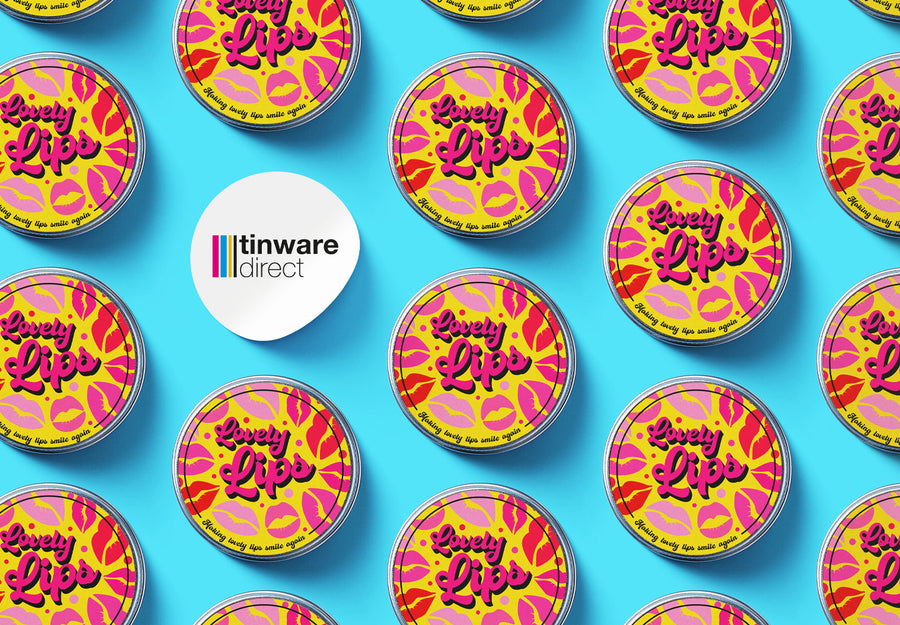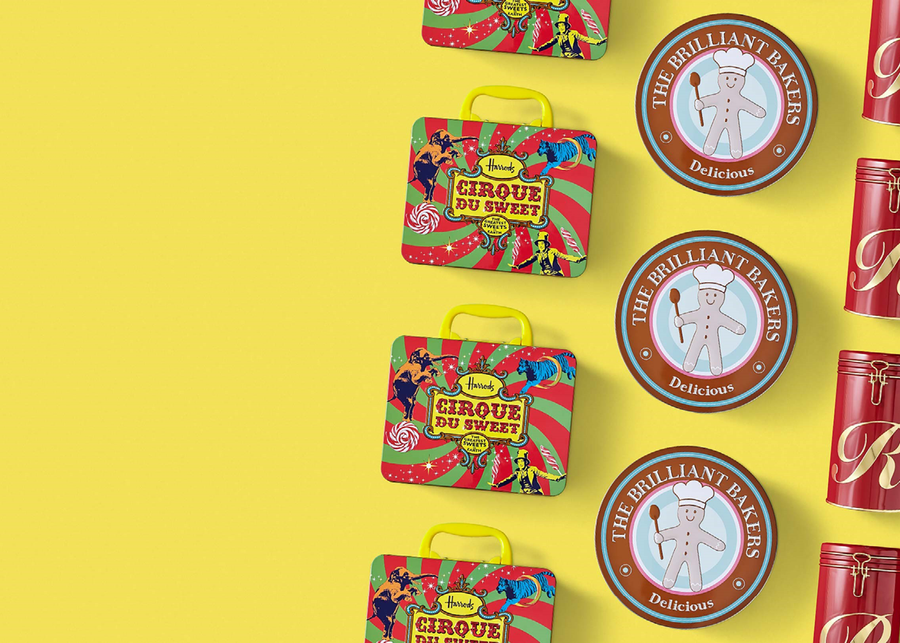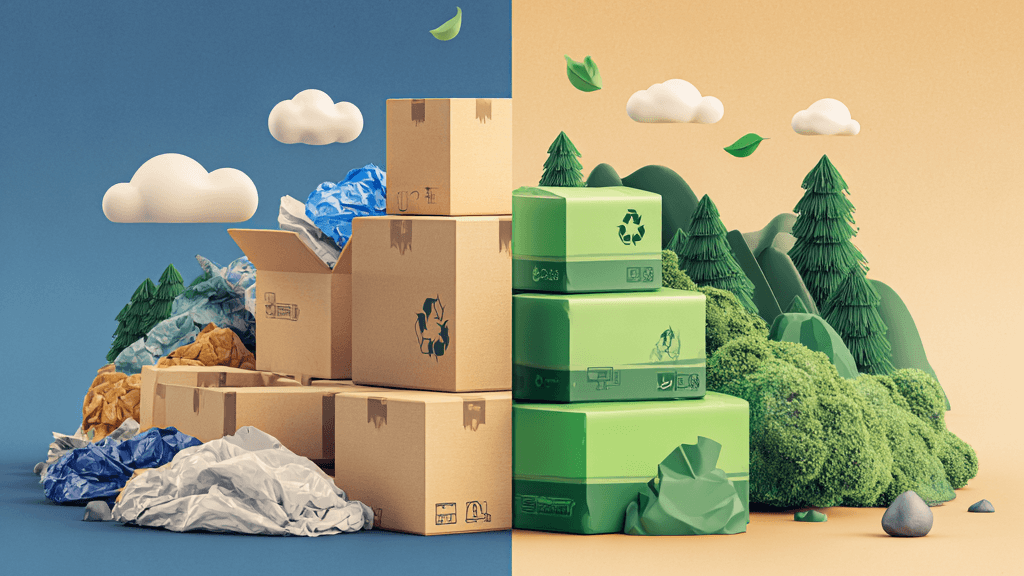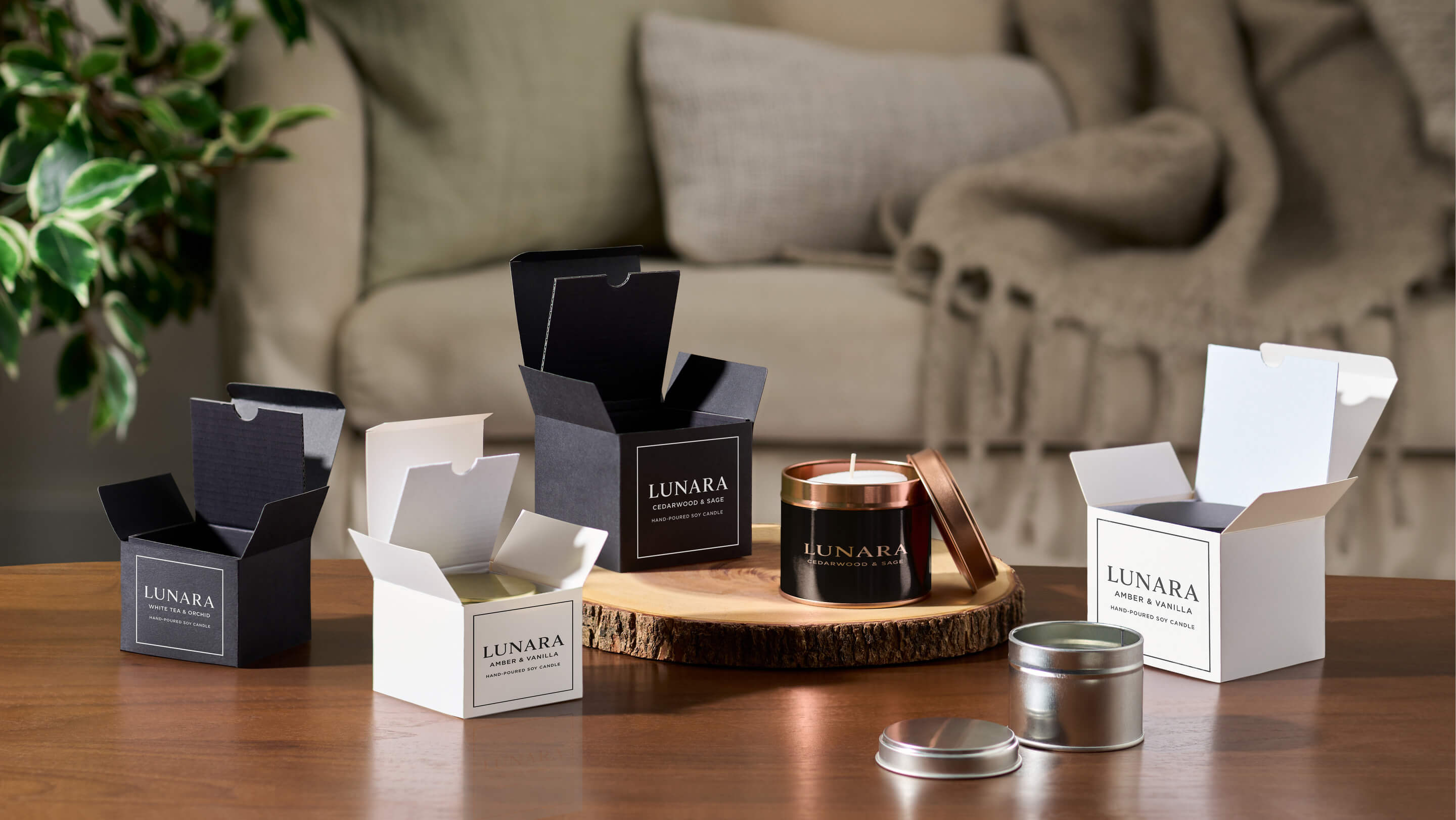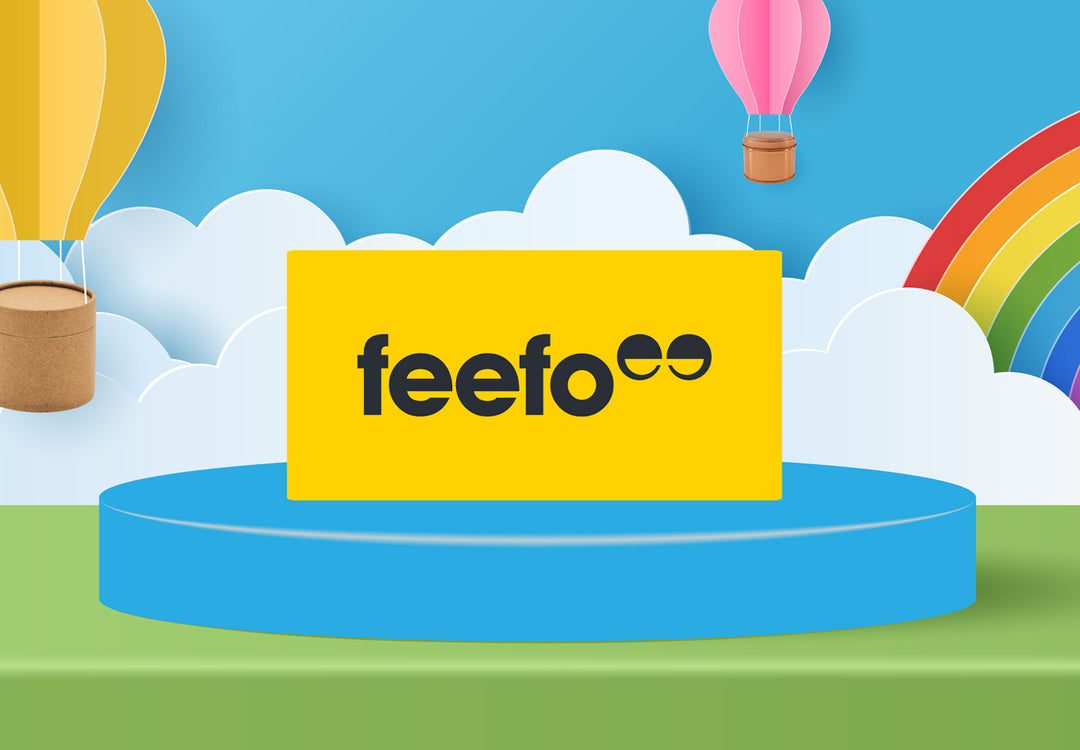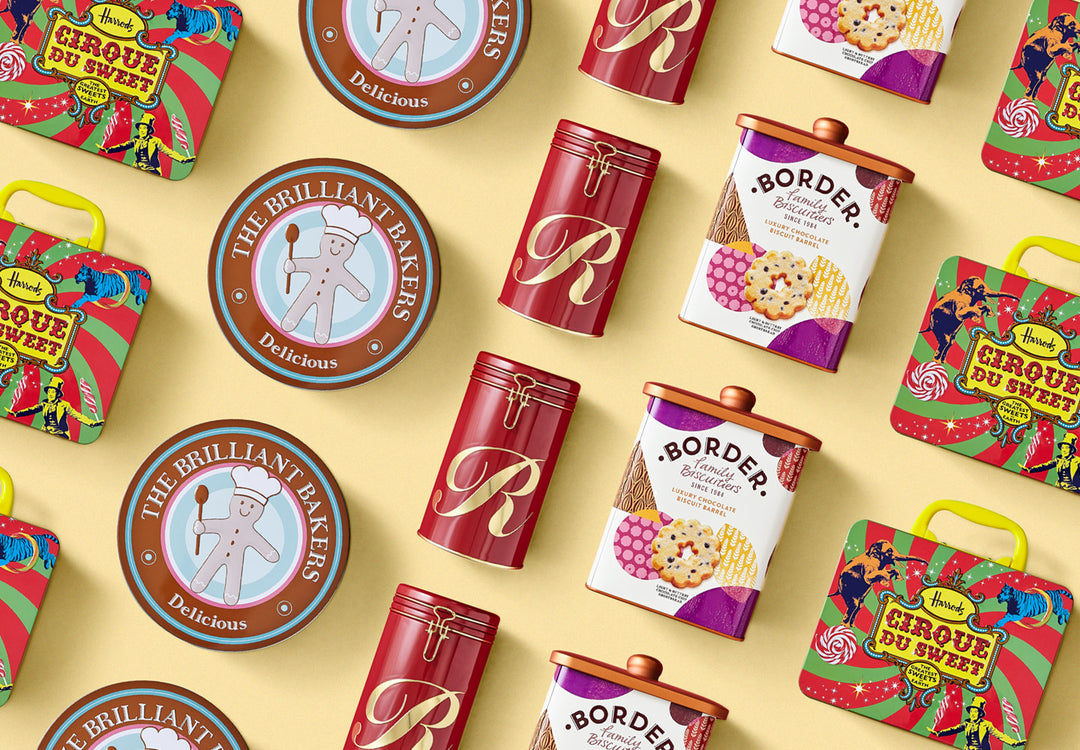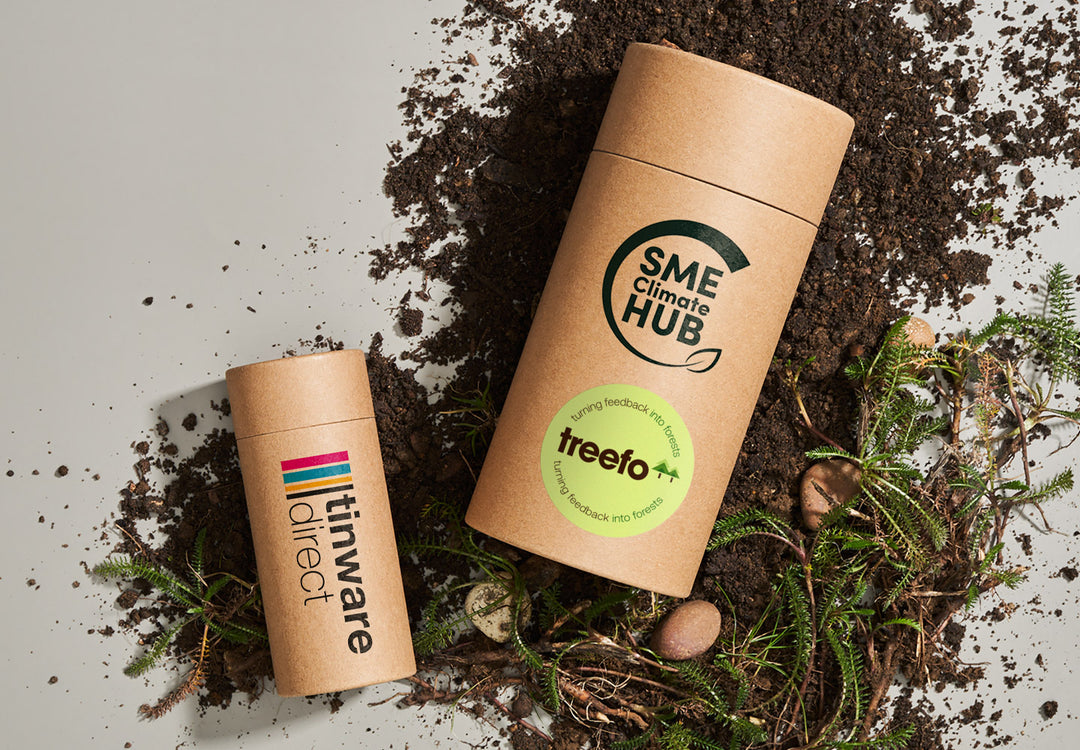What Is Sustainable Packaging?
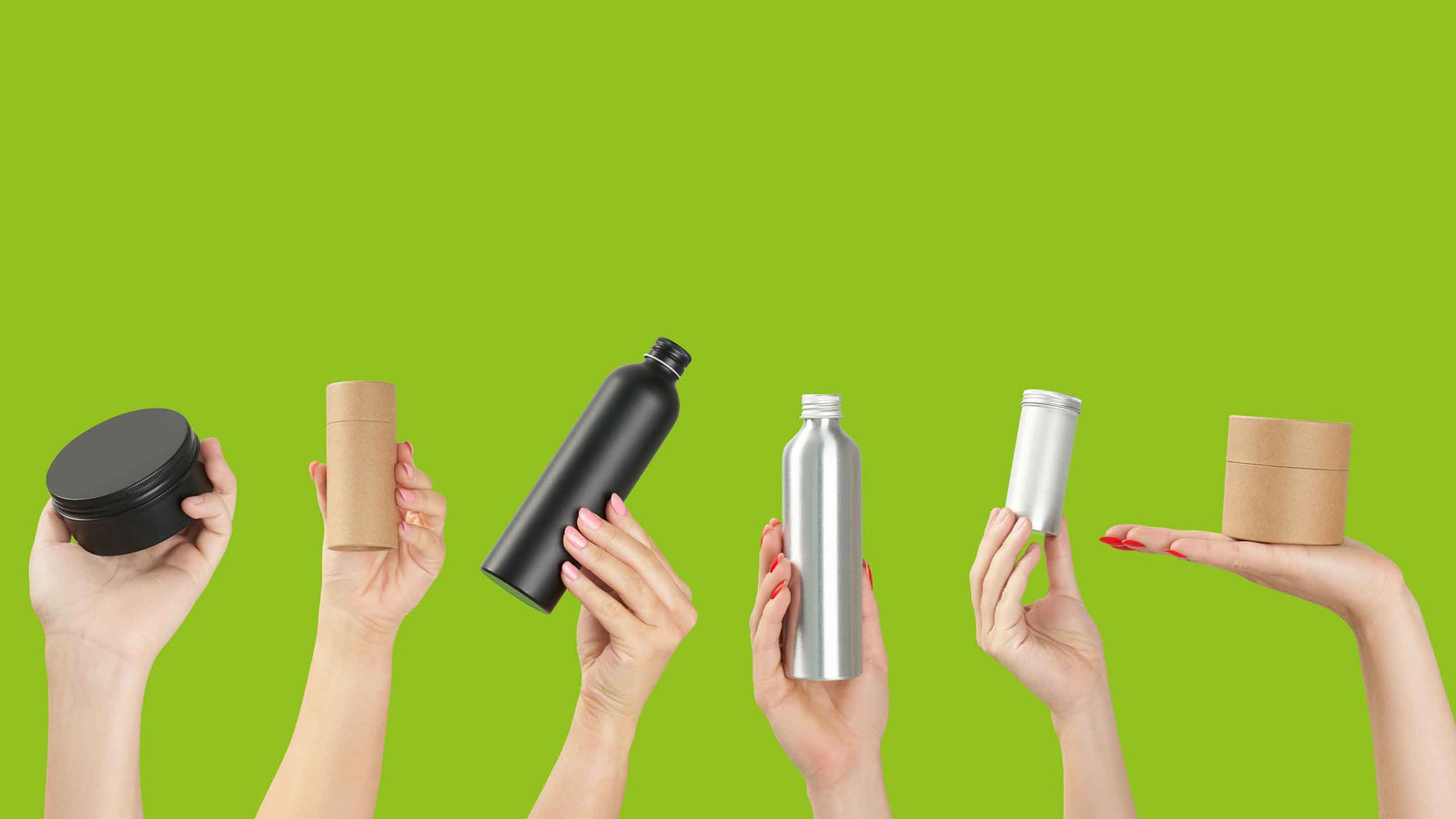
What Is Sustainable Packaging?
Recyclable, compostable and biodegradable packaging; the terms seem similar, but that’s far from the case. Each type of sustainable packaging will have a different impact on your brand, your customers, and the planet.
By 2030, climate change may become irreversible, according to the latest statistics. Consumers know this. They are eager to make the necessary changes to their lifestyle, including switching to businesses that make sustainable choices.
Customers may even spend more when businesses make the right choices here.
Sustainable packaging is an admirable and ethical decision for any business or brand. It even fits with the most important rule of economics. If customers demand it, you need to supply it.
That said, it is important to dodge some of the major pitfalls, like greenwashing and overspending. To do this you need to:
- know the different terms used to describe green-friendly packaging choices
- Understand why these terms matter
- Discover the benefits the different types of sustainable packaging provide.
In this article, we'll explore everything you need to know about sustainable packaging.
Sustainable Packaging Explained
What is sustainable packaging? The term refers to any type of packaging design which results in improved levels of sustainability. The right choice of packaging will have an increased life cycle.
Sustainable materials are an eco friendly packaging solution. Typically they will result in a reduced carbon footprint and a lower level of greenhouse gas emissions during manufacturing. These are just some of the benefits of using sustainable packaging.
Different Types Of Sustainable Packaging
There are three main types of sustainable packaging businesses and brands should explore.
Recyclable Packaging
Using recyclable packaging is one of the key sustainable packaging strategies for any business. Recyclable materials prevents waste from filling landfills. The process converts waste into new materials.
This is the theoretical benefit of recycling but not all recycling is equal. Take plastic as an example. While technically recyclable, 55% of plastic waste ends up in landfills. That's why it's worth exploring alternatives.
Metal Packaging
Both tinplate and aluminium are infinitely recyclable. These metals are reused and repurposed thousands of times without any signs of degradation. 80% of metal produced is still available for use today.
Other materials like cardboard can also only be recycled a limited number of times. Despite this, cardboard packaging is arguably just as beneficial to the environment.
Cardboard Packaging
Trees remove carbon from the atmosphere. When trees are harvested to produce packaging, it locks in the carbon for as long as the packaging is used. Opting for FSC-certified cardboard products aids in planting additional trees to compensate for those that have been felled, thereby contributing to the reversal of deforestation. This helps lock in even more carbon and preserve the environment.
While cardboard will become unusable overtime, this is because it is slowly biodegrading. Unlike plastic packaging, it won’t end up polluting the oceans or build up in a landfill.
The purpose of recycling products is to reduce the level of CO2 required for the manufacturing process:
- Aluminium saves 90% of emissions
- Tin saves 70% of emissions
The process of recycling saves other resources as well. For instance, making cardboard requires a lot of water. For every ton of cardboard recycled, 7000 tons of water is saved.
In contrast, recycling plastic results in more CO2 compared to using new material.
We still need plastic for many things in our daily life and to make different products. But, we don’t need it for packaging.
Tin, aluminium and cardboard are all recyclable materials that can contribute to the circular economy and are more beneficial to the environment. Bioplastics are also becoming the norm in a lot of packaging products such as aluminium bottles.
Key Recycling Stats
- 48% of EU municipal waste was recycled in 2020.
- Since 2000, the level of waste sent to landfills in Europe has fallen by more than 50%.
- Only 8 countries in Europe has recycling rates higher than 50%
- The recycled rate for metal across Europe is 79% , making it the most recycled material.
- Every tonne of recycled steel will save 1.67 tonnes of CO2
Benefits Of Recycling
- Recycling helps reduce the amount of carbon reduced into the atmosphere
- Certain materials such as carbon may lock in carbon for years if not decades
- Tin and aluminium can be recycled an infinite amount of times, benefiting the circular economy
- The process helps to conserve natural materials such as timber and water
Biodegradable Packaging
One of the biggest environmental challenges today is the amount of waste produced which ends up in landfills.
In 2020, 18% of all Europe’s waste entered landfills. To reduce this further, it is important to explore types of packaging that will biodegrade.
Natural materials make up biodegradable packaging. This environmentally friendly packaging decomposes naturally and in an eco-friendly way. When the conditions are right, microorganisms actively break down the materials.
Since biodegradable products break down overtime, they won’t clog up landfills and will reduce waste generation. Furthermore, biodegradable products will save energy and oil throughout the production process.
Biodegradable products also produce lower levels of pollution. Many biodegradable materials will break down into nontoxic components. This helps to reduce levels of pollution in both water and the air.
Like recyclable packaging, there are a few things to consider when exploring biodegradable packaging.
First, biodegradable materials may only break down under certain conditions. They may require a specific temperature or chemicals to break down correctly. If they are left in a landfill to decompose naturally, they could also leave behind tiny pieces of plastic.
Moreover, Biodegradable is not an exact term. Instead, it’s best to view this as a general description. It may refer to various products or materials, some more beneficial to the environment and others less.
There’s no clear rule on how long biodegradable packaging will take to decompose. Depending on the product and the materials it’s made with, it could be weeks, months, years, or even decades.
Despite these points, biodegradable packaging is still a green-friendly option for companies. Ultimately, the benefits outweigh other considerations.
What Are Bioplastics?
Bioplastics are created using biological substances instead of petroleum. A plastic is considered biodegradable if it can dissolve in water, biomass, or carbon dioxide, within a set time frame. Whether or not a material is biodegradable will depend on the material, production process and the treatment options.
Polylactic acid (PLA) is one of the most commonly used bioplastics because it is easy to process. In the packaging industry, windows on sweet or food packets are typically made from PLA or a similar material.
PLA packaging is also compostable under industrial conditions. It will not produce any toxic fumes when destroyed. Biodegradable plastic products produce, on average, 68% less greenhouse gases compared with petroleum based products.
We advise you to always contact a supplier marketing packaging as biodegradable to find out as much as possible about the materials, including how long they will take to decompose. This is the easiest way to check whether it’s the right choice for your brand.
Biodegradable Statistics
- The demand for biodegradable plastics grew an estimated 9% each year between 2018 and 2023.
- By the year 2025, the bioplastics industry is expected to be worth 27.9 billion USD.
- By 2030, the bioplastics market will account for 10% of the total plastics used.
- Global demand for bioplastics is largely driven by the rigid packaging sector, accounting for 57% of the material produced.
- PLA is expected to achieve the highest revenue growth rate between 2020 and 2027.
Benefits Of Biodegradable Materials
- Biodegradable products will break down and won’t build up in landfills or pollute oceans.
- The products lead to the production of less waste and a decrease in levels of greenhouse gases.
- Using biodegradable products increases fuel efficiency because the process takes less energy compared to alternatives.
- Many biodegradable materials are also compostable.
Compostable Packaging
As with biodegradable packaging, compostable packaging is made from natural materials. The key distinction between the two is that compostable packaging will break down completely without releasing any toxins into the atmosphere.
Furthermore, compostable materials will decompose in approximately 60 to 180 days. When it breaks down, the composted materials will help surrounding plant life and improve the fertility of the soil. Compostable materials aren’t just green friendly, they can provide real, measurable benefits to the environment.
It’s important to note that there are two different types of compostable packaging: home compostable and industrial compostable.
Industrial compostable packaging is certified to the European Standard EN 12432/14955. Products like this, including our stand up pouches, should not be disposed of in home composts as they will require specific conditions to break down.
You can dispose of home compostable packaging in a typical home compost heap that customers may have set up in their back garden.
As with other types of sustainable materials, a key point to consider is awareness. Compostable packaging is not recyclable and it is worth making this clear to customers if you are using this type of packaging for your products.
If compostable plastics end up in landfills, they may take just as long to decompose as standard plastic materials. If they end up in the recycling then they also won’t have the same environmental benefits. This is one of the reasons why it’s worth ensuring that your products have clear labelling, informing customers to dispose of packaging correctly.
There are many forms of compostable packaging, including compostable doy packs. These are compostable when disposed of in an industrial facility. Windows on this packaging are also made from compostable PLA, guaranteeing that the degradation process is straightforward and highly efficient.
Remember, all compostable packaging is biodegradable, but not all biodegradable packaging is compostable.
Key Compostable Recycling Stats
- 67% of consumer who do not compost claimed they would if the process was easier
- Younger adults are more likely to be interested in waste composting compared to older generations
- The application of compost minimises soil loss by 86%
- There are 170 industrial composting facilities across the UK
- Composting dramatically increased in popularity during the height of the pandemic
Benefits Of Compostable Materials
- Compostable materials break down completely resulting in no damage to the environment when they decompose.
- When disposed of correctly, they will not result in any harmful chemicals being released into the atmosphere.
- Compostable materials may provide supplements, benefiting the surrounding soils as well as plants and trees.
- They are key to achieving the goal of zero carbon emissions.
What Is Greenwashing?
One of the reasons why it’s so important to know these terms and what they mean is greenwashing. Through greenwashing, brands market themselves as environmentally friendly without creating any real, significant or measurable environmental impact. This is a concern in the packaging industry. There are countless organisations with packaging that is incorrectly labelled or marketed as:
- Sustainable
- Green
- Environmentally-friendly
- Compostable
- Degradable
- Recyclable
In recent years, governments have attempted to eliminate the issue of greenwashing throughout the industry through official certification for sustainable packaging. For instance, certified compostable packaging will be marked with the symbol below:

If you are unsure whether a product is compostable, check with your supplier. Or, use an official database, provided by organisations such as Din Certco and OK Compost.
Official certification is the only way to guarantee that packaging is truly “environmentally-friendly” or “sustainable.”
Tips For Choosing The Right Sustainable Packaging
Choosing sustainable packaging is one of the best tips we can give for making your business more eco-friendly. Here are some key factors to consider when exploring this possibility.
Choose Certified Products
Whether choosing tin, aluminium, cardboard, or craft paper packaging, all of these products are available with official certification. This will demonstrate that they are recyclable, compostable, or biodegradable. If in doubt, get in touch with your chosen supplier and check whether their packaging does have the correct certification.
Think Beyond The Materials
When choosing a path towards sustainability with your brand, you must go beyond basic packaging choices. Research a supplier to determine whether they are truly committed to helping preserve the beauty of our planet and if they will provide a partnership you can be proud of.
Don’t Be Swayed By A Low Cost
Low cost sustainable packaging is available on the market, but it may not be the best option for your brand or your customers. Paying more may be worth it in the long term if it helps demonstrate that your brand is leading the march towards a greener future for your respective industry.
Learn More
We hope you have found this article informative. At Tinware Direct, our team is constantly striving to provide customers with the best, green packaging choices for their brand. Are you eager to switch to sustainable packaging for your products?
Get in touch and we’ll be happy to assist you.
FAQs
What is Sustainable Packaging?
Sustainable packaging refers to any type of packaging material that is eco-friendly and benefits the circular economy. Typically this means it is recyclable, reusable, or biodegradable.
Is Glass Packaging Sustainable?
People widely consider glass packaging as a sustainable material. However, due to the weight, it will increase carbon emissions during transportation.
How Much More Expensive Is Sustainable Packaging?
43% of brands are concerned about the cost of sustainable packaging However, sustainable packaging isn't always more expensive. This choice will even save you money in the long run. In the short term, you can reduce costs by finding the right supplier.
How Can Packaging be More Sustainable?
To make your packaging more sustainable, focus on lighter materials, single material designs and check the manufacturing process. You should also avoid wasting materials by choosing the right material for each product.
How Does Sustainable Packaging Help The Environment?
Sustainable packaging helps the environment by:
- Reducing waste in landfills
- Reducing carbon emissions throughout the supply chain
- Contributing to a true circular economic model of business where minimal materials are wasted.
